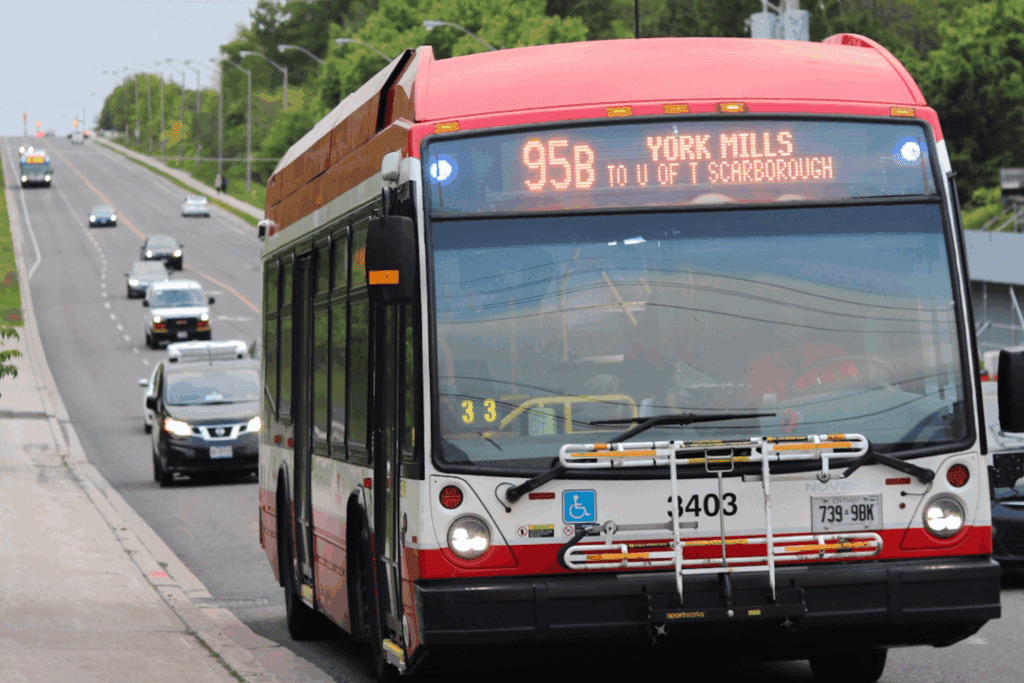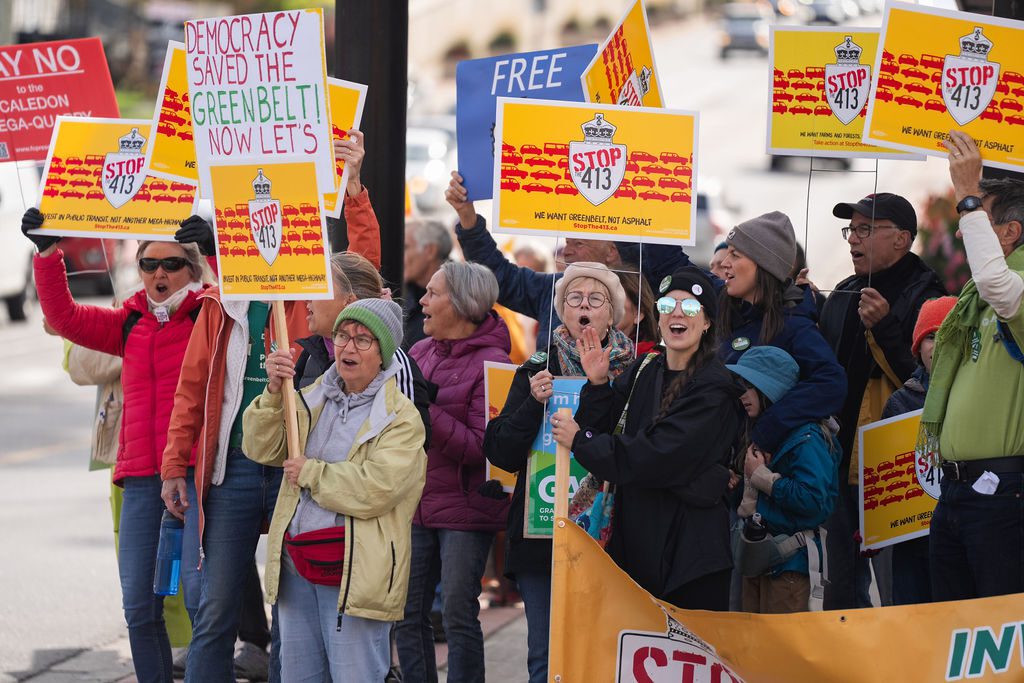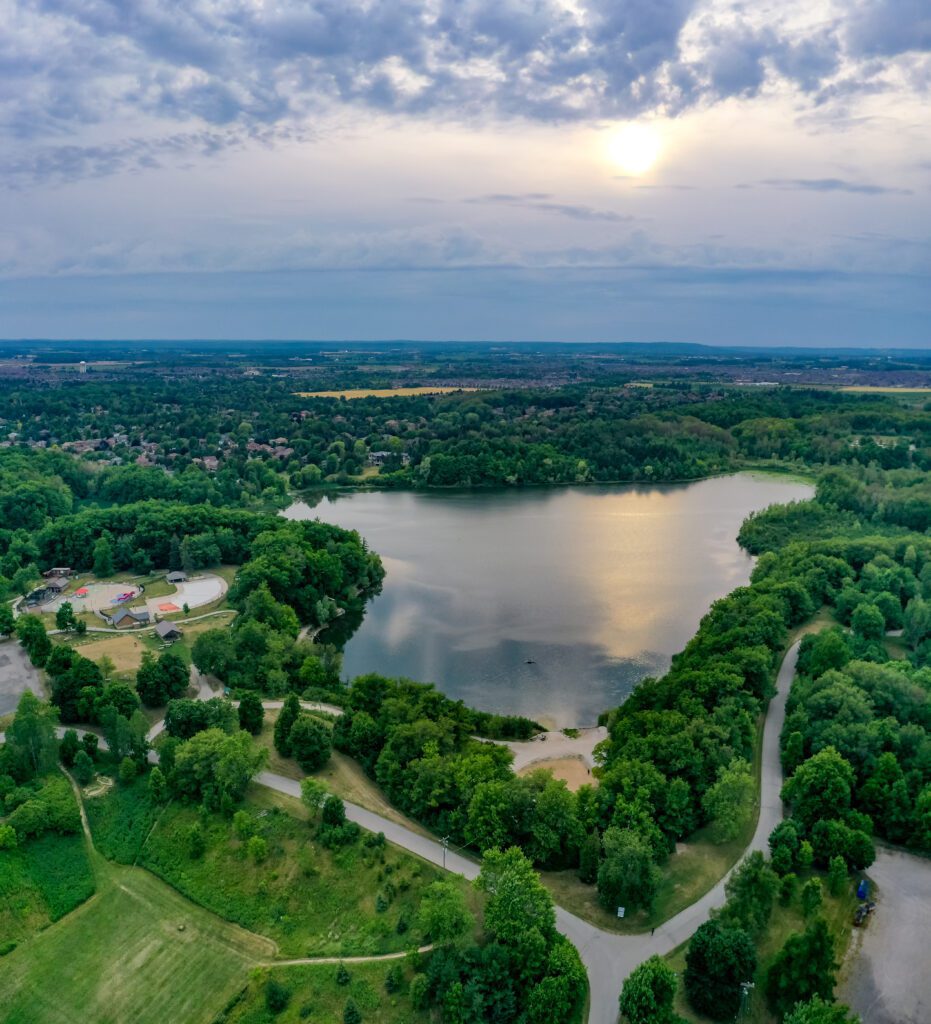There is some understandable confusion about what-is-what in the complex package of attacks being undertaken by the Ontario government on environmental protection, municipal planning, livable communities and the Greenbelt.
So we thought it would be useful to lay it all out in one place in an abbreviated form to help you understand how it all fits together – and where you and your community can best engage to take action against these attacks on the environment.
What is the goal of this package of the Ontario government’s anti-environment actions?
In simple terms, the provincial government’s rapid dismantling of Ontario’s systems for flood prevention, regional land use planning, infrastructure financing and for the protection of habitat and farmland, is designed to force municipalities to abandon efforts to grow sustainably, and redirect investment and scarce resources to the least efficient, most environmentally harmful forms of development.
While the Ontario government has tried to present this onslaught of upheavals as if it were a response to the very real shortage of low-cost homes, and “family” homes in particular, that narrative is so clearly incompatible with the facts that the government cannot plausibly believe it is true. These changes are likely to deliver fewer homes, not more, especially in the places where they’re most desperately needed and in the types that are most needed and affordable.
Our view, based on all the evidence available, is that the government is trying to take advantage of the very real crisis in housing affordability and use it to deliver their actual agenda: creating a pretext for rapid car-dependent sprawl onto large areas of rural farmland owned by well-connected land speculators, and freeing those who own prime pockets of urban land from any obligation to build in a socially and environmentally sustainable way.
While Ontarians desperate for homes they can afford benefit from rules that direct housing to existing neighborhoods and built up areas, and mandate efficient use of land and floor space, land speculators who have recently stockpiled vast swathes of the Greater Golden Horseshoe’s best remaining farmland wetlands and wild places want just the opposite.
More broadly, the most useful way to understand the entire package of anti-environment attacks is to recognize it as nothing more than a grab-bag of made-to-order laws and policies designed to fulfill the self-interested “wish lists” of the best-connected real estate investors. There is a vast chasm between the forms of development that maximize the supply of homes people need, fight car-dependency, reduce greenhouse gas emissions, and conserve farmland and natural places, and those forms of development which maximize profit for the best-connected landowners.
Likewise, when it comes to what gets built in existing neighborhoods, meeting housing need and enhancing affordability would require policies aimed at quickly adding large numbers of low-cost homes that are practical for all household types to existing neighborhoods, including large numbers of purpose-built walk-up apartments, townhomes and stacked townhouses, on what are now “single detached” lots in low-rise neighborhoods. It would require a strengthening of protections against displacement for existing tenants, and inclusionary zoning provisions designed to maximize the number of deeply affordable homes included in the developments closest to public transit and amenities.
By contrast, the most deep-pocketed and politically influential urban land speculators benefit from policies which concentrate new homes on the small swaths of “prime” urban land that they already own, and which free them from design standards and up-front payments required to protect the environment and improve affordability for residents long-term.
In each and every case where the interests of the best-connected real estate investors come into conflict with those of Ontarians who simply need access to a dignified home, with the environment, and with the public interest more broadly, the Ontario government is siding with very wealthy and well-connected investors.
What are the main anti-environment laws and policies of the Government’s package of changes?
There are six main legislative or policy initiatives that are being used to attack the environment, facilitate sprawl, and make housing less affordable. Below is described the focus of each of these major anti-environment legislative and policy initiatives.
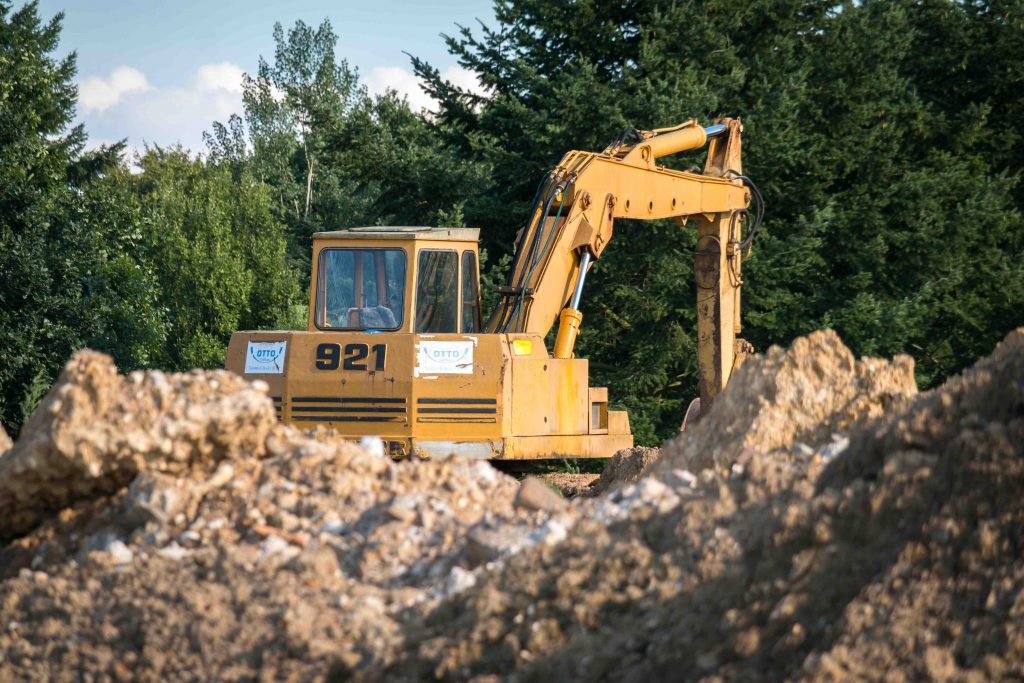 1. Bill 23, “More Homes, Built Faster Act”
1. Bill 23, “More Homes, Built Faster Act”
Status: Passed into Law, Some Parts Have Royal Assent
Bill 23, which has now been forced through the Ontario Legislative Assembly (but which can and should still be repealed) is an “omnibus bill” which packages together several disconnected changes to existing laws.
It advances the goal of accelerating car-dependent sprawl onto rural land owned by well-connected land speculators in at least three main ways:
- Unleashing disorganized low-density sprawl in “greenfield areas” (new farm, forest and wetland areas) by stripping regional governments,especially those in the Greater Golden Horseshoe, of the power to require efficient and cost-effective use of greenfield land – or even to coordinate development to facilitate proper public transit and other infrastructure.
- Unleashing sprawl in many wetlands, forests, and other areas where it will cause or expose residents to flooding or landslides, or cause serious ecological damage, by stripping Conservation Authorities of the power to deny permission for development in such circumstances. The new law goes so far as to gag Conservation Authorities, prohibiting them from entering agreements with municipal governments to provide the information and advice they’d need to try and fill some of the gap in flood protection.
- Manufacturing demand for sprawl development by failing to deliver the reforms to “exclusionary zoning” that environmental NGOs, housing advocates, and the government’s own hand-picked housing task-force said would be necessary to add large numbers of family homes to the existing low-rise residential areas where most people would much prefer to live. (By the government’s own admission, the extremely watered down measures included in Bill 23 would deliver only 50,000 of the 1.5 million new homes it says Ontario needs within existing cities and towns.)
Bill 23 also includes a number of other, separate changes which have set off alarm bells among advocates for the environment and for environmental justice:
- It sets the legal stage for mass displacement of low and modest-income Ontarians, who are disproportionately Black and Indigenous, from neighborhoods well-connected to employment and well-serviced by transit and other public amenities and environmental benefits, like parks, schools, and ravines. It does this by authorizing the province to forcibly cancel municipal “rental replacement” policies which guarantee tenants of demolished rental buildings can return to live in the new buildings that take their place.
- It seems to remove the legal authority for municipal “green standards” that are imposed through a process called “site plan approval” – and which are indispensable parts of municipal plans to reduce their greenhouse gas emissions. While the government claims to have fixed this problem, it is not clear that its amendments to the original text of Bill 23 will actually beeffective in doing this.
- It severely constrains the ability of municipal governments to levy development charges – which require developers to help pay for the infrastructure, like roads, cycle paths and sewers. For example, it includes provisions that would prevent municipalities from reserving more than 40 per cent of development chargers to build large-scale facilities (like sewage) required to support new homes. The effect would be to either deprive residents of essential services, or else to suddenly increase municipal taxes, in some cases in excess of 80 per cent in a single year.
- It would severely limit the ability of municipalities to require the inclusion or funding of parks and other public spaces for residents of new development.
In our view, the net effect of Bill 23 will be to produce fewer homes, and more expensive ones, rather than “more homes…faster”. That is because it would divert construction resources, which will remain scarce for an extended period due to global supply chain issues, and which are desperately needed to add large numbers of compact homes including family homes in existing neighborhoods, away from that kind of development, and into places and into types of housing (bigger ones) that require much more labour, materials, equipment, to build and service them.
Find out about upcoming #RepealBill23 rallies and more here
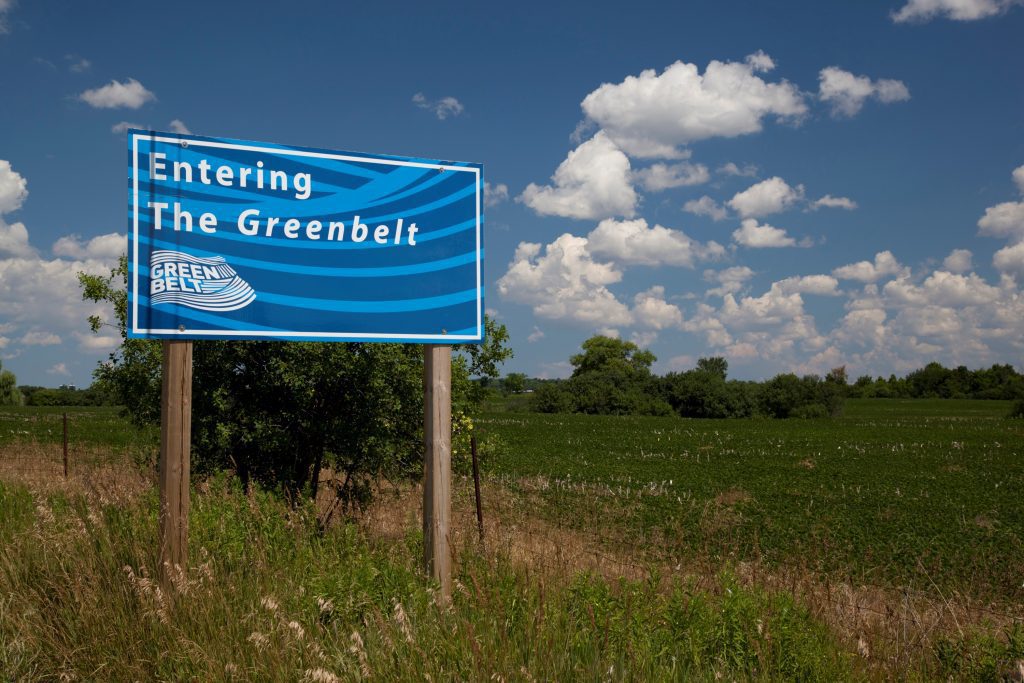 2. Greenbelt Plan Gouge-Out: Proposed amendments to the Greenbelt Plan, Greenbelt Area boundary regulation (O. Reg. 59/05), and Oak Ridges Moraine Conservation Plan (O. Reg. 140/02)
2. Greenbelt Plan Gouge-Out: Proposed amendments to the Greenbelt Plan, Greenbelt Area boundary regulation (O. Reg. 59/05), and Oak Ridges Moraine Conservation Plan (O. Reg. 140/02)
Status: Proposed
Even though Bill 23 has already passed, the government’s attack on the Greenbelt is currently only a proposal. There is still time to prevent it from happening.
The government is proposing amendments to the Greenbelt Plan, Greenbelt Area boundary regulation (O. Reg. 59/05), and Oak Ridges Moraine Conservation Plan (O. Reg. 140/02) that would destroy the certain and permanent protection the Greenbelt system relies on, by removing 7,400 acres from the edge of the Greenbelt Area.
The Greenbelt was established in 2005 to permanently protect 1.8 million acres of farmland, forests, river valleys and wetlands. Its food security, climate mitigation and adaptation, recreation and economic values are almost incalculable. Over 90 per cent of the Ontario public supports the protection of the Greenbelt and the Premier and his Ministers have repeatedly promised not to touch it. However, sprawl developers stand to make millions or billions by building subdivisions of large homes on its lands.
In addition, because the land has been protected as farmland, sprawl developers are able to buy it cheaply, and if they can have the protections removed they will make windfall profits from the increase in the land value. As a result they have successfully convinced the provincial government to propose removing 7,400 acres of farms, forests and wetlands from the Greenbelt.
This proposal is a disaster for the Greenbelt and its values and sets a precedent that the protections are no longer permanent. This will ignite a rush of developers buying up farmland and lobbying the provincial government to allow development on their holdings as well. You can read more about why removing land from the Greenbelt is such a dangerous idea here
TAKE ACTION: Tell Premier Ford to take his Hands Off The Greenbelt
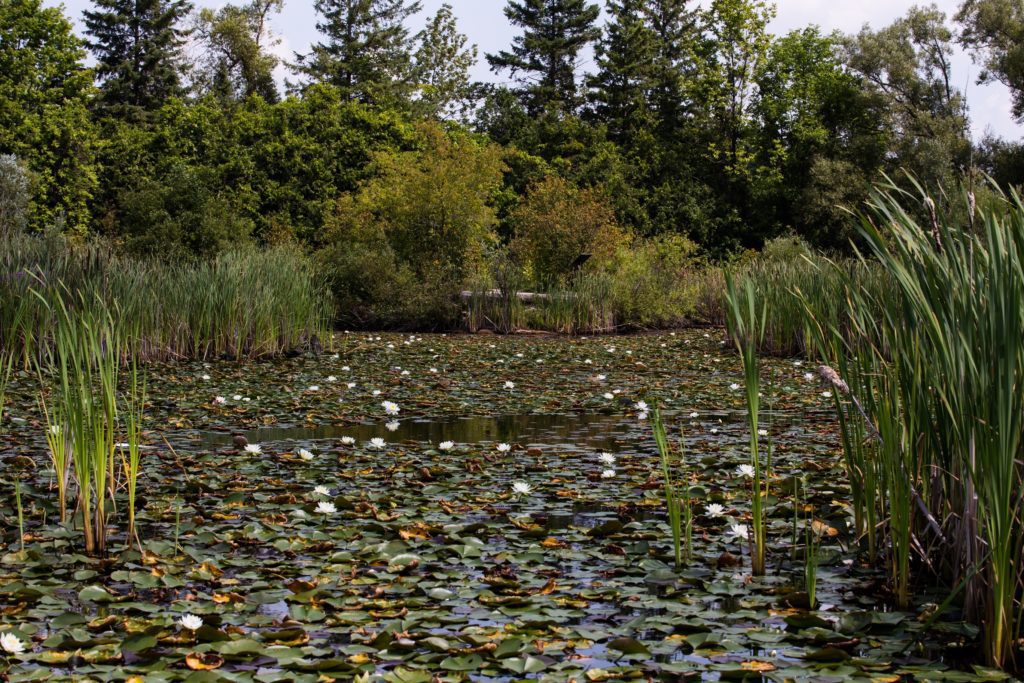 3. Declaring Open Season on Wetlands: Proposed Updates to the Ontario Wetland Evaluation System
3. Declaring Open Season on Wetlands: Proposed Updates to the Ontario Wetland Evaluation System
Status: Proposed
The Greater Toronto Area (GTA) has lost about 85 per cent of its wetlands and southern Ontario overall has lost about 75 per cent. Wetlands are critical to cleaning water, supporting wildlife, preventing floods, acting as carbon sinks and providing recreational opportunities. The development industry strongly opposes protection of these areas on lands it wants to build on. As a result, the provincial government is proposing to change the way that the importance of wetlands are evaluated (and who does the evaluation) in a manner that will result in the vast majority of remaining wetlands no longer being considered worthy of protection.
For example, Conservation Halton estimates that about 90 per cent of the currently protected wetlands in their region will be opened to development as well as about 80 per cent within Niagara region. You can learn more about the value of wetlands and the consequences of the proposed changes here.
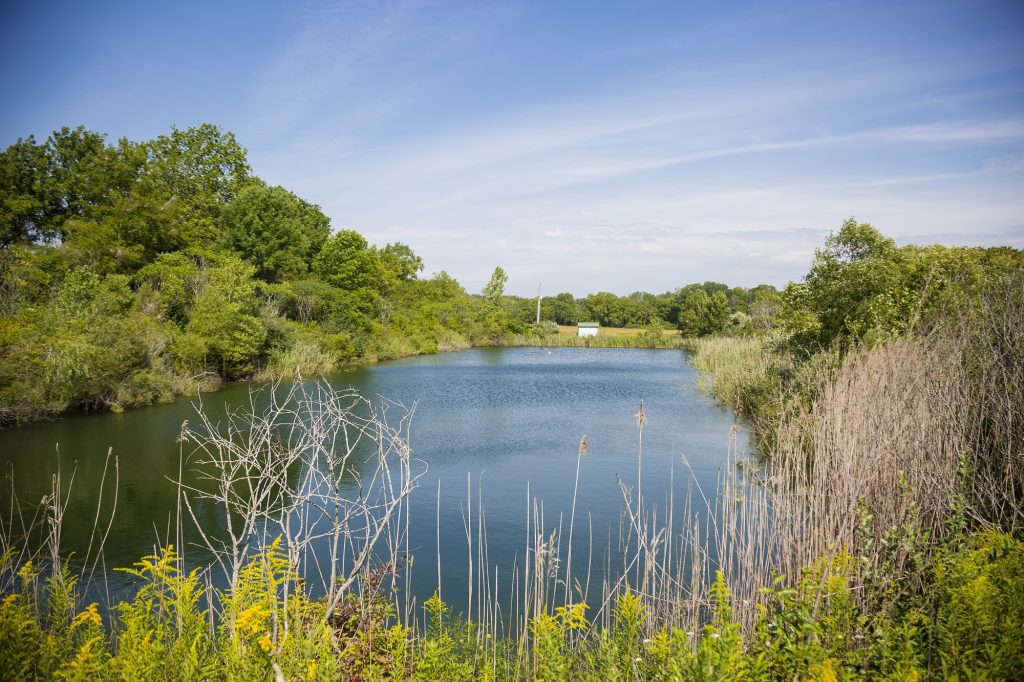
4. “Pay to Slay”: Proposed Regulations that Would Force Local Governments to Let Destroy Wetlands & Natural Heritage Areas and Replace them with Artificial Stormwater Ponds and Plantations.
Status: Proposed
Woodlands, wetlands and wildlife habitat are protected in “natural heritage systems” within municipal planning. These are commonly associated with river or stream valleys or may identify older forests, endangered species habitats or places important to wildlife migration, feeding and reproduction. They are also important for the ecological services they provide and as destinations for outdoor activities for local residents.
Developers also do not support having to protect these areas when building new housing, commercial or industrial developments. As a result the provincial government is proposing to make changes to these protection rules. They propose that protection would no longer be necessary and instead “offsetting” would be allowed. This means that the woodlot, wetland or wildlife area could be bulldozed and a fee would be paid into a fund by the developer based on a promise to “recreate” it somewhere else. You can find out more here.
Such programs have been shown to be abject failures in other jurisdictions and it should go without saying that the recreational, wildlife and flood mitigation value of these areas cannot simply be “moved” to another community without an expectation of severe negative consequences where the removal has happened.
 5. Forced Sprawl: Forced boundary expansions, and less housing in existing neighborhoods in Hamilton and Halton, but also Peel and York Region.
5. Forced Sprawl: Forced boundary expansions, and less housing in existing neighborhoods in Hamilton and Halton, but also Peel and York Region.
Status: Approved
The cities of Hamilton and Halton developed official plans that focus new home construction inside existing urban boundaries and ban further boundary expansion onto farms, forests and wetlands.
Both plans would have delivered precisely the kind of measures that environmental NGOs, housing advocates and even the government’s own Housing Affordability Task Force identified as the most effective way to solve the housing shortage. It would have mandated the creation of large numbers of new homes – including family homes – in existing neighbourhoods and built up areas where they would have easy access to public transport, worksplaces, shopping and other services and cost much less to service with water, sewage, electricity etc.
Municipal Affairs and Housing Minister Steve Clark recently vetoed these plans and intends to force Hamilton and Halton to sprawl outward and develop thousands of acres of lands as expensive subdivisions.
The Minister also took the extraordinary step of forcing Peel Region and York Region, which had already acquiesced to much larger boundary expansions than were appropriate, to expand their boundaries even further than originally agreed.
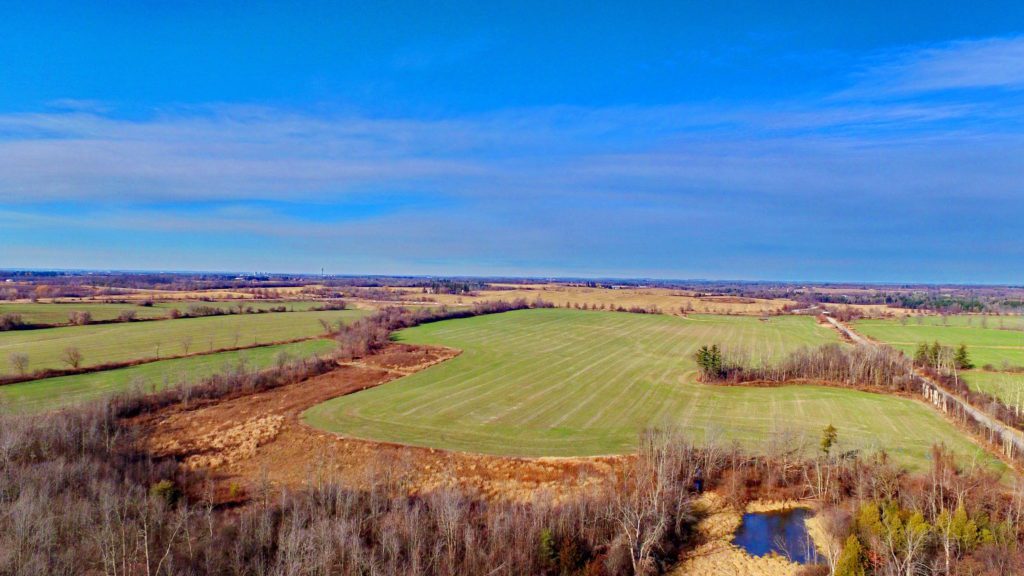
6. Bill 39, “Better Municipal Governance Act, 2022”,
Status: Approved , Standing Committee on Heritage, Infrastructure and Cultural Policy”
Status: Passed into Law
Like Bill 23, the Bill 39 is an “omnibus” bill, which packaged together several entirely separate laws. Bill 39 contains:
- Schedules 1 & 3 which replace democracy with 1/3 minority rule in certain municipalities (so far, Toronto and Ottawa have been identified), with respect to matters which the Mayors of those municipalities deem to affect a “provincial priority”.
- Schedule 2, which strips legal protection from a part of the Greenbelt called the Duffins Rouge Agricultural Preserve, and transfers millions – if not billions of dollars of development rights that are now effectively held in trust for Ontarians – to a few well-connected real estate investors.
The effect of Schedule 2 of Bill 39, (aka. The Duffins Rouge Agricultural Preserve Repeal Act) would be to open what is truly one of the crown jewels of the Greenbelt to be fully developed for houses and warehouses. While weaknesses in the Greenbelt Act and Oak Ridges Moraine Conservation Act are being exploited to allow the Minister to strip protection from other portions of the Greenbelt directly, the largest portion of Greenbelt to be removed has an extra layer of legislative protection, called the Duffins Rouge Agricultural Preserve Act (DRAP).
This area comprises 67 per cent of the lands being removed from the Greenbelt (4,950 acres) and contains almost 40 per cent forest and wetlands area linked to Duffins Creek and Rouge River. All development would occur directly to the east of this signature National Park. Parks Canada has expressed extreme concern about the impacts of removing this area from the Greenbelt.
Through passage of Schedule 2 of Bill 39 the Ontario government had participation not just from the Minister or Cabinet, but from each individual MPP who voted for it and to break the clear, unambiguous promise that each and every one of them was elected on.
It’s also important to understand that the Duffins Rouge Agricultural Preserve Repeal Act goes even further than opening up the Greenbelt. It amounts to a massive transfer of land value that belongs to the public into the hands of a few well-connected real estate investors.
The Duffins Rouge Agricultural Preserve was public land, bought, paid for and belonging to the people of Ontario, and rented out to farmers to maintain it as an agricultural preserve.
The ownership of the land was limited by law to be for strictly agricultural purposes when it was sold to private owners. It ultimately found its way into the hands of the current owners, at a tiny fraction of the price of land where development is permitted. It was cheap because it was subject to an easement protecting the public interest in it being maintained as a preserve of agricultural and natural heritage land.
The Duffins Rouge Agricultural Preserve Act that was repealed was passed to restore and protect that property interest held in trust for the people of Ontario.
This means the effect of repealing the Act is to transfer the value of the easement, worth hundreds of millions if not billions of dollars and held for the benefit of the people of Ontario to a few well-connected real estate investors who only paid for a much more restricted interest in the land.
As mentioned above, Schedules 1 & 3 of Bill 39 replaces democracy with 1/3 minority rule in certain municipalities (so far, Toronto and Ottawa have been identified), with respect to any matters which the Mayors of those municipalities deem to affect a “provincial priority”. It is unsurprising that these provisions have been met with a broad public outcry, spanning everyone from the Association of Municipalities of Ontario to the Canadian Civil Liberties Association.
Astoundingly, the government has attempted to excuse this unprecedented attack on democracy as a measure that would somehow increase housing supply in cities. Environmental Defence has consistently urged the municipal governments of core municipalities like Toronto to overhaul their planning law to deliver a lot more housing – especially in existing low-rise neighborhoods – and we have urged provincial governments to require this. However, there is simply no plausible case to be made that concentrating power in the hands of certain mayors would be necessary or even helpful in making that happen.
It is telling that the Ontario government has so far refused to use the most basic tools already at its disposal to require that Toronto add more homes to existing neighborhoods. It is the Ontario government which already determines the number of new residents Toronto must accommodate with new housing. While Environmental Defence has called for the province to require housing for at least 1.4 million new residents in Toronto, the province’s own Growth Plan continues to assign the city a mere 700,000 new residents over the next 30 years.
This law also removes the ability of regional governments to elect their own Chairs and instead replace them with people appointed by the provincial government. This appears to be in aid of helping transfer planning authority from the regions to smaller municipalities.
Taken together, this package of proposed changes drags Ontario forcefully and dramatically in the wrong direction, disregarding the advice of its own Housing Affordability Task Force, along with all the hard-won lessons of the last 70 years, in favour of a return to the expensive low-density and car-dependent sprawl which is the root cause of our current housing and environmental crises.
These dangerous proposals were forced into law and policy through a process designed to prevent meaningful consideration of their impacts, discussion with those affected, or on a time frame that reflects the enormity of the changes. We will all need to work together to see these attacks halted and revered.






